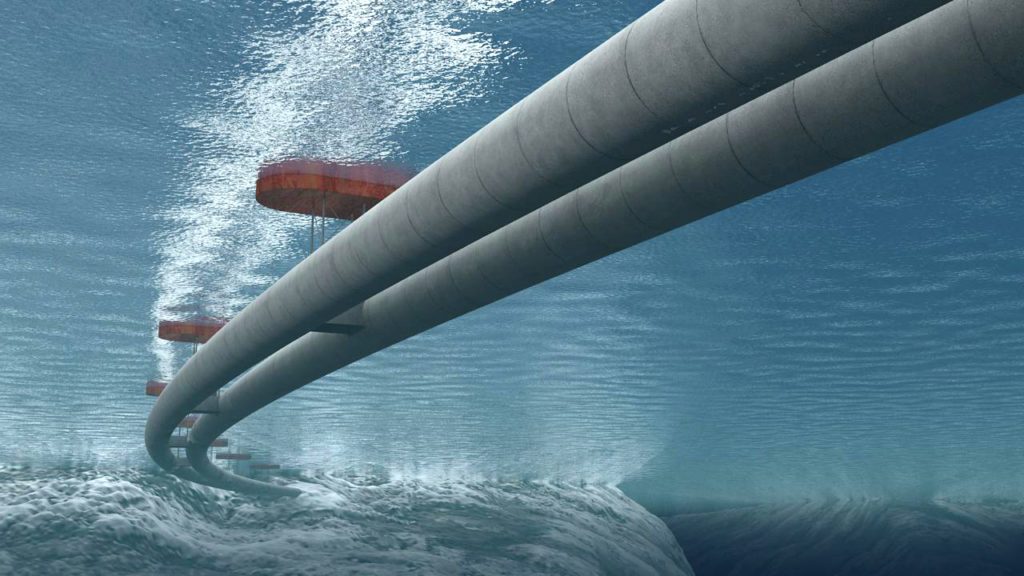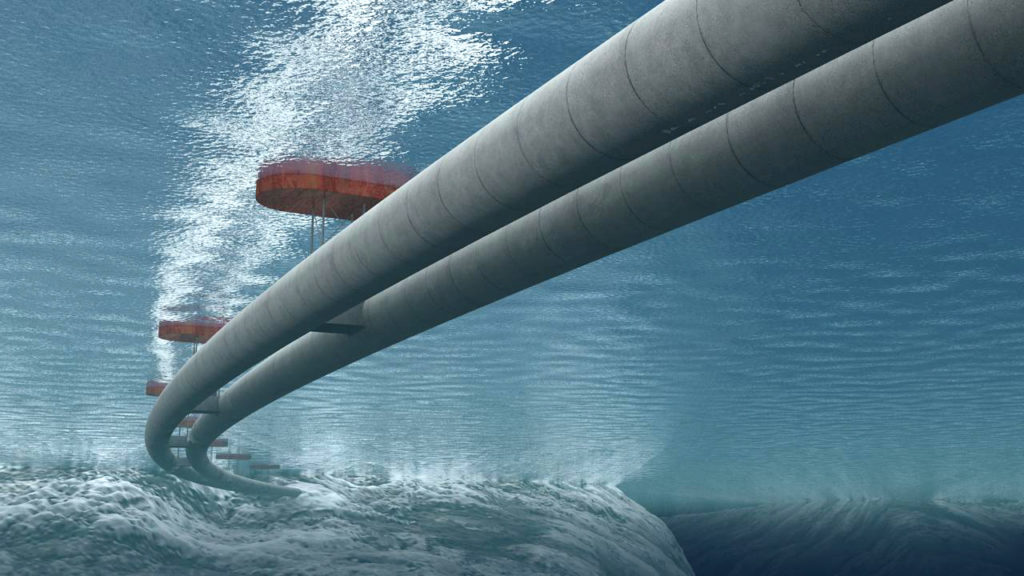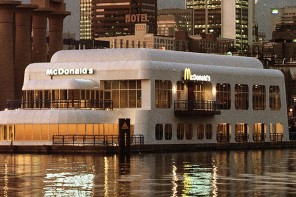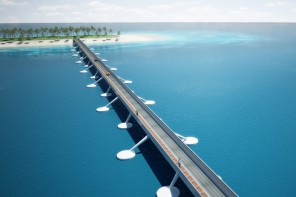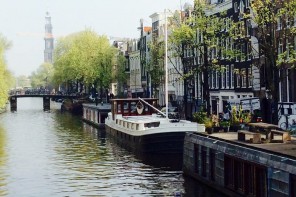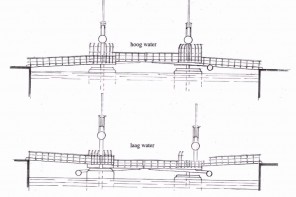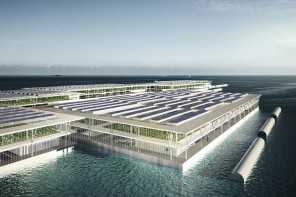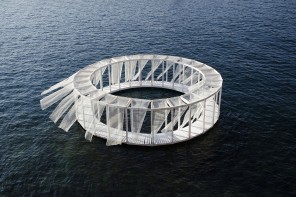Floating tunnel
Norway’s new bold floating tunnel plan. Traveling by car from Norway’s largest city in the south, Kristiansand, northbound over the E39 you have to pas seven gorgeous but very inconvenient fords. that means seven ferry trips. Seven times the change of missing it or having to wait for seven ferries. this results in a trip all the way to Trontheim in the north of 21 hours at an average speed of 50Km/h or 30 miles.
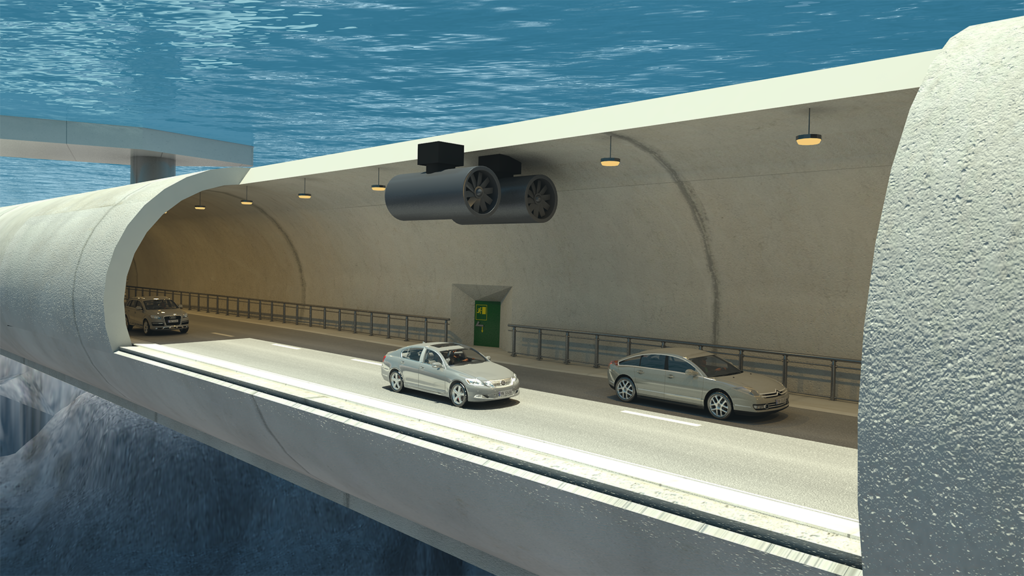
A bold new $25 billion infrastructure project plans to cut the travel time to around 10hrs. save fuel the environment.
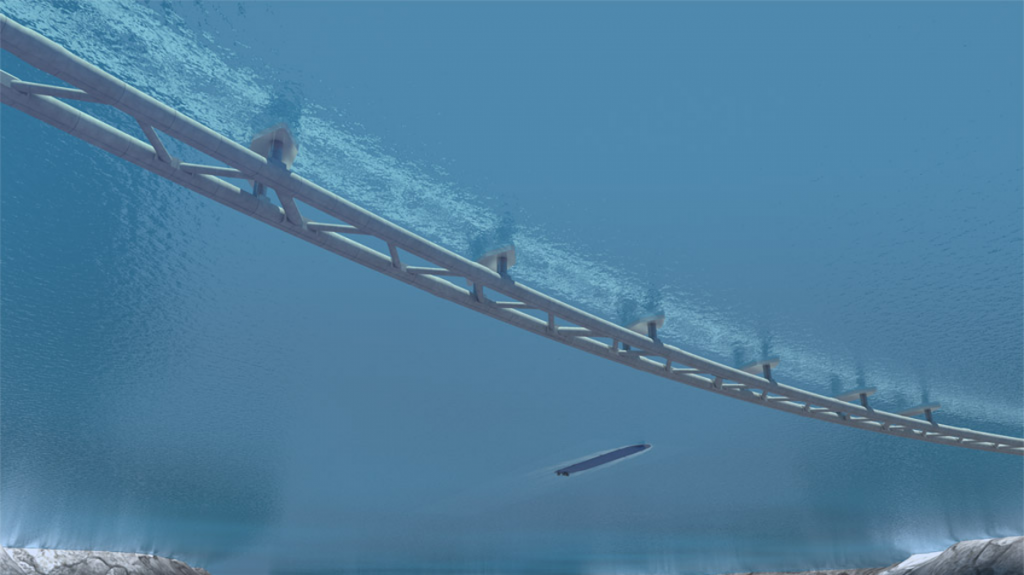
This floating tunnel can also be called a Archimedes bridge, since the principle by witch it is constructed is the law of archimedes. The Tunnels are placed under the water surface, deep enough to give plenty of room for sea surface traffic but not so deep that the deep sea water pressure makes for more complications. Rule of thumb is usually around 20 to 50 meters (60-150 ft). The Anchor cables are either or both connected to the earth or to surface pontoons to prevent the tunnel from floating to the surface or sinking any deeper.

A floating tunnel is calculated and designed in such a way that the weight of the total construction is at hydrostatic equilibrium, were an immersed tunnel is ballasted more to keep it on the bottom and a floating bridge is at positive buoyancy. A submerged floating tunnel has never been built before (as of 2016). Several proposals have been presented in the past. Floating bridges are more common.
